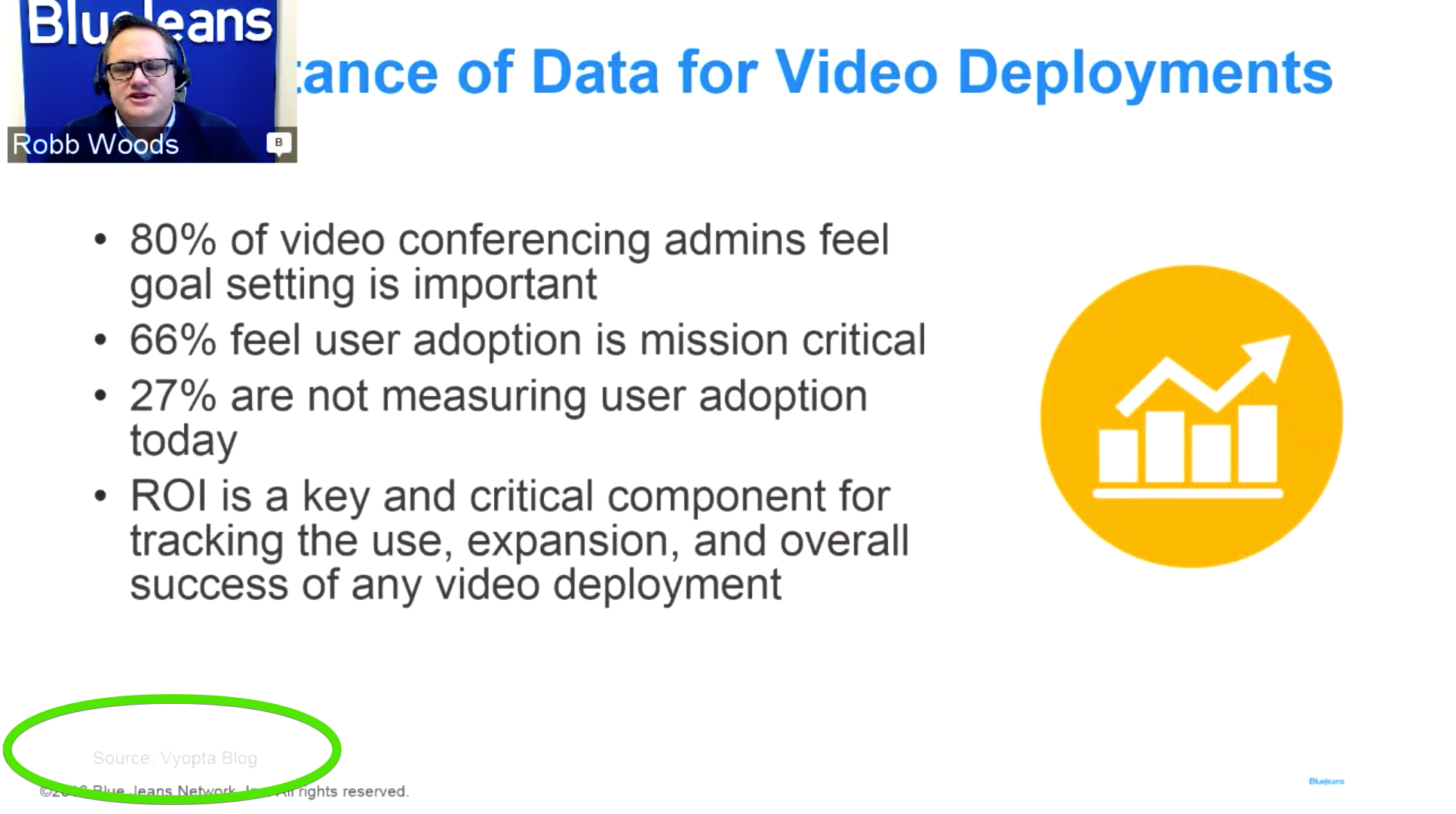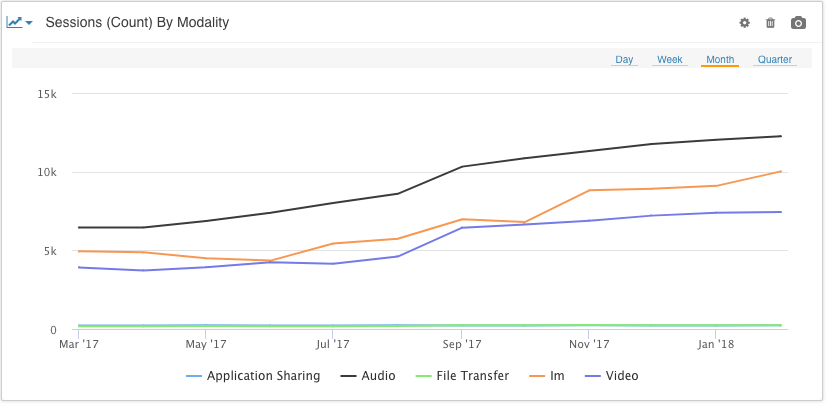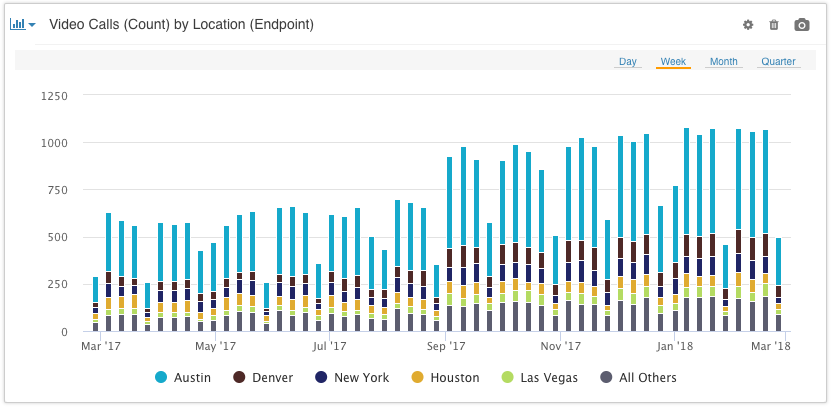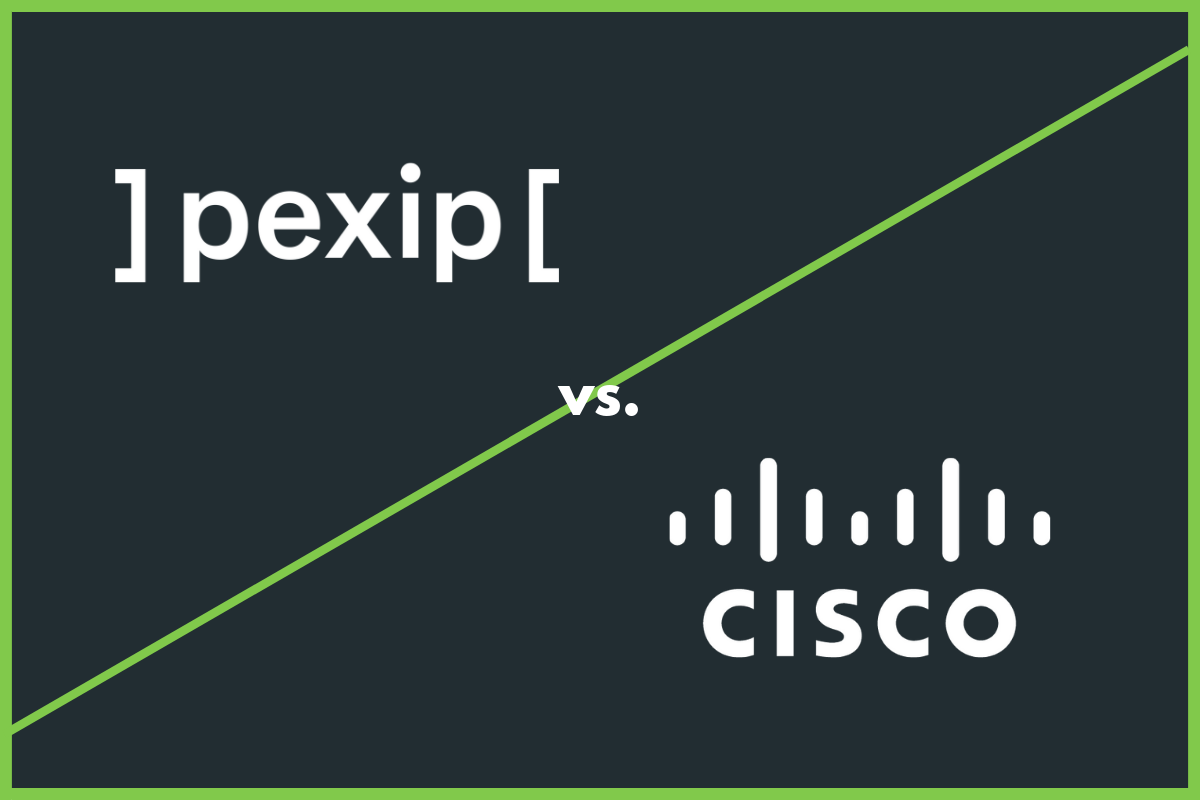This week I have been on 3 different calls with support teams who were either trying to sell me something or troubleshoot a software tool we are using. All three of them used a new, cloud-based conferencing platform, and all three of them used audio only in the meeting. Video was a click away, yet nobody turned it on.
If they had turned it on, they could have seen my reactions. In the various stages of the selling process, I was:
- Bored
- Interested
- Frustrated
So What?
When I was bored, I was too polite or uninterested to point this out to the salesperson on audio; I simply started working on other stuff.
When I was interested, the salesperson couldn’t tell and so kept going past that feature to discuss other topics. I was, again, too polite to interrupt.
When I was frustrated, the support person kept going on about the same topic without stopping to ask questions or to check that I already understood and thus needed no further explanation. We could have both saved valuable time and a resource that was in even shorter supply; my patience.
What can be done?
VIDEO. V.I.D.E.O. It’s so frustrating because I can see this on a daily basis now. At Vyopta, we use video for every call, and have for years. We also see that some of the world’s leaders, like Abbvie, Kaiser Permanente, SpecialistsOnCall and many more now have realized the benefits of using mostly video meetings. People get more done, the conversation is better, and meetings are MUCH less frustrating when you use video.
Our friends at BlueJeans refer to this as the Video Quotient, and they used some of our benchmarks to help fuel their research into the impact of video.
https://www.bluejeans.com/articles/the-data-behind-online-meetings
“If all of the company’s BlueJeans users have their video muted (cameras off) all the time for their online meetings, the video quotient is 0. If all of them are using both video and audio for every single BlueJeans online meeting, the video quotient is 100.”

Screenshot from BlueJeans Webinar on Adoption
This is important to track because we know that a higher video quotient will result in more productive meetings and happier people. So how do you track your Video Quotient?
Audio and Video (and Chat), in One Place
Well, to know what portion of your usage is video vs other, then you need to know about your entire environment. Having a broad picture of your entire environment can help inform the overall performance of your company, but you should also be able to break down who is using video and how. This means you need to break it down by user, endpoint, and look at it over time.
With this information, you can create targeted adoption campaigns to encourage more video usage. With detailed user and endpoint location information, you can also determine if people have adequate access to resources to conduct video calls.
To Answer the Question
I don’t know why people still avoid video. My intuition is that they just don’t know about the benefits. Once you use it, the benefits are obvious in the reduced frustration with calls, the increased productivity, and the more efficient exchange of ideas. In addition, video usage is now free with most cloud conferencing platforms, and the quality is pretty good with WiFi and HD webcams nearly everywhere. It just doesn’t make sense anymore to use audio only for calls.
I do know what we can do about it: we can educate and encourage usage. There are many ways to increase adoption, and we have blogged about them extensively before. It is our mission to help companies make collaboration a competitive advantage, and a big part of this is getting people to actually use the technology.








